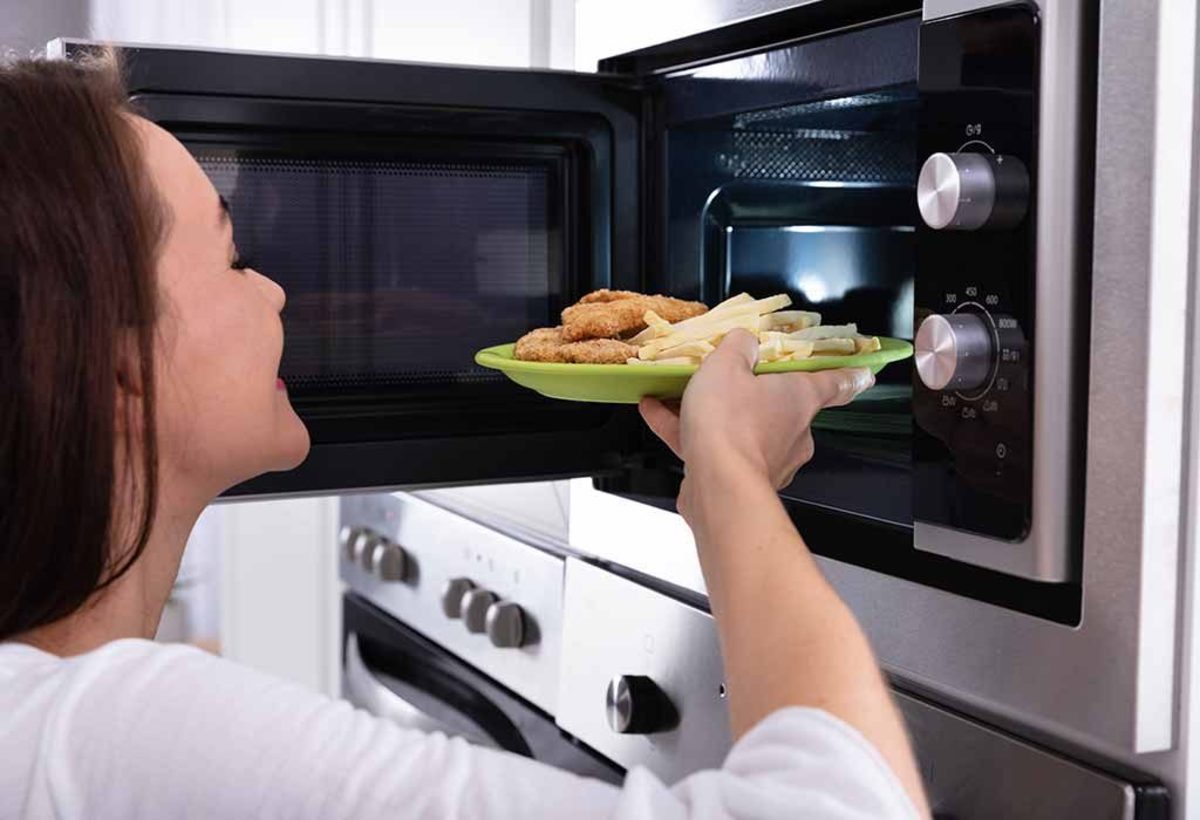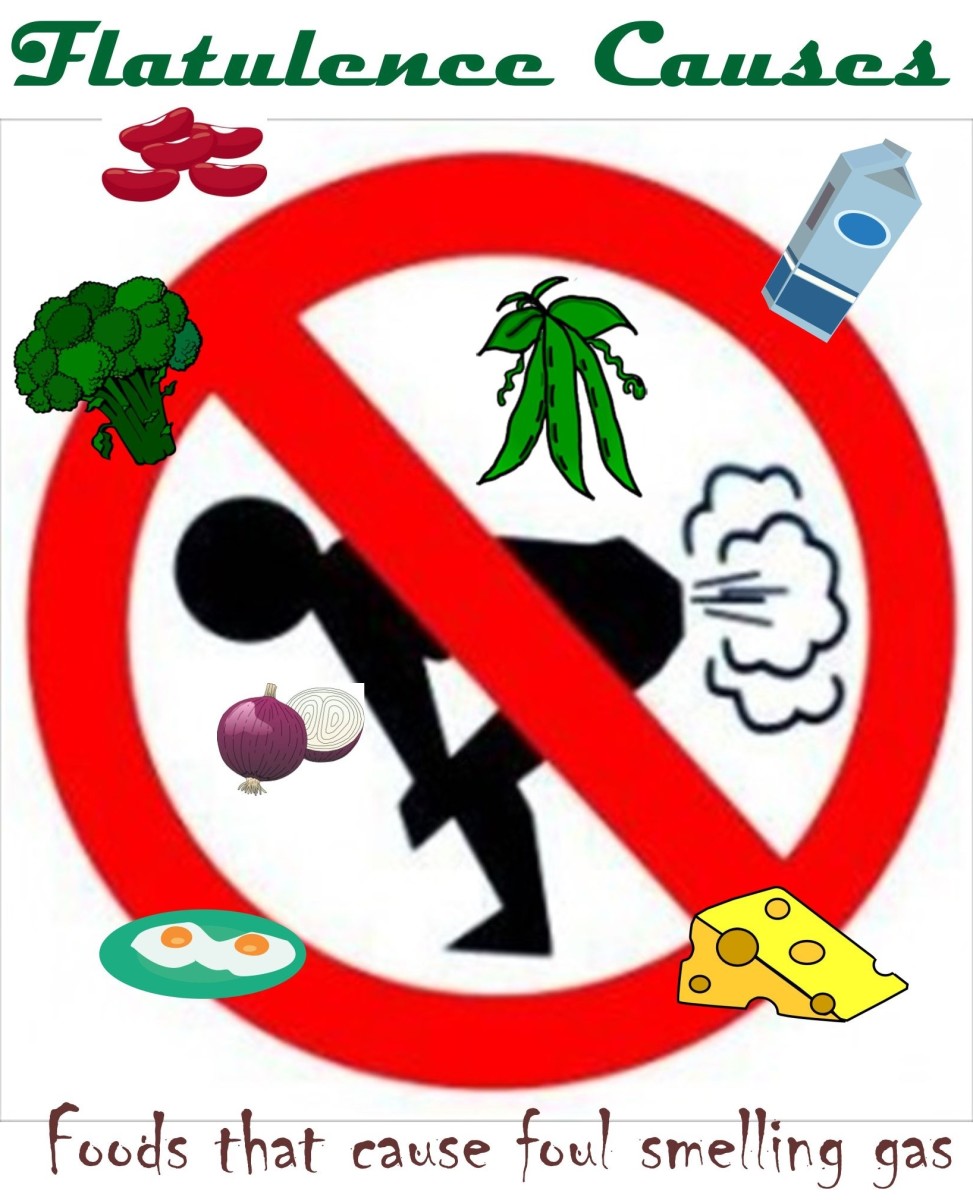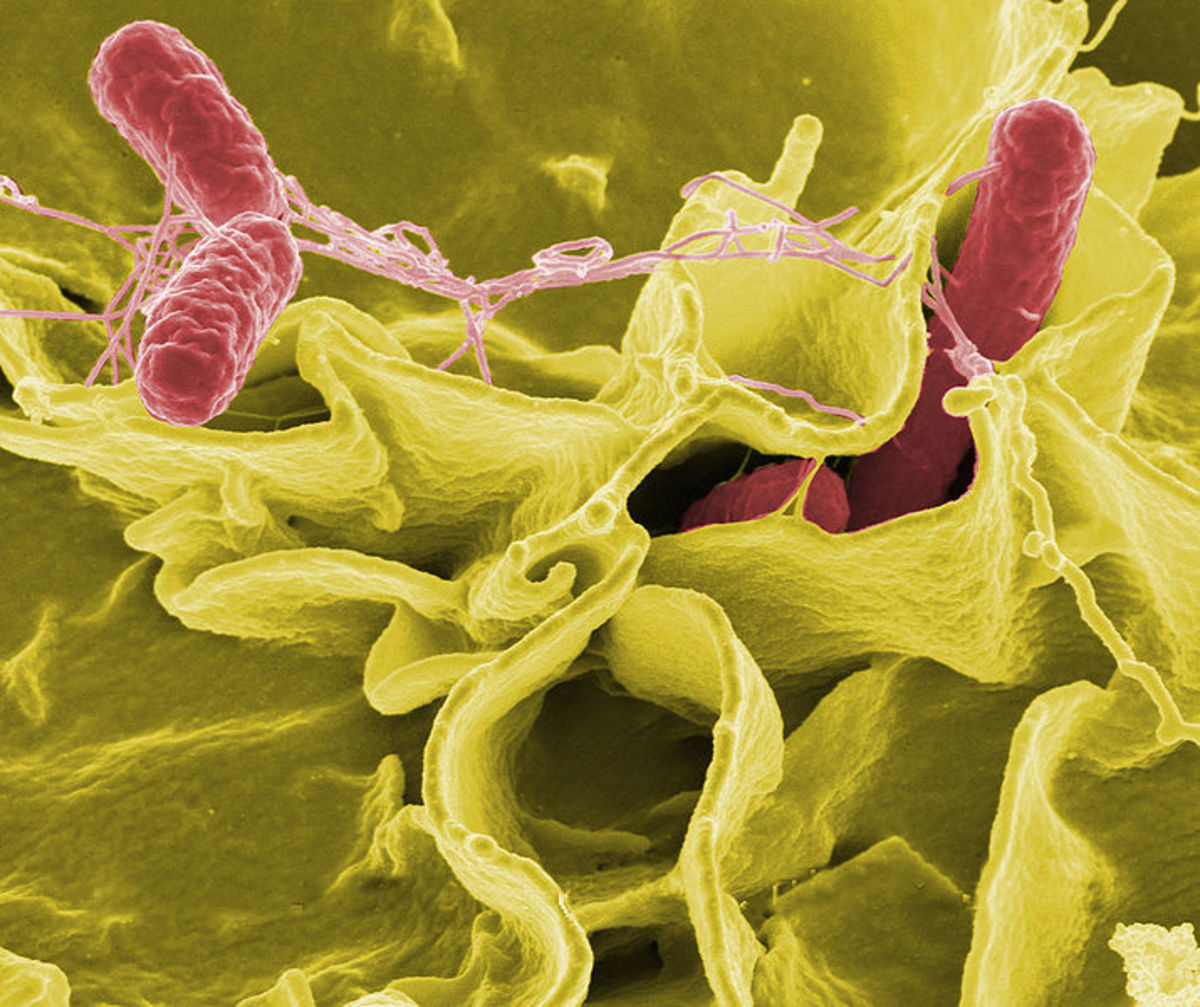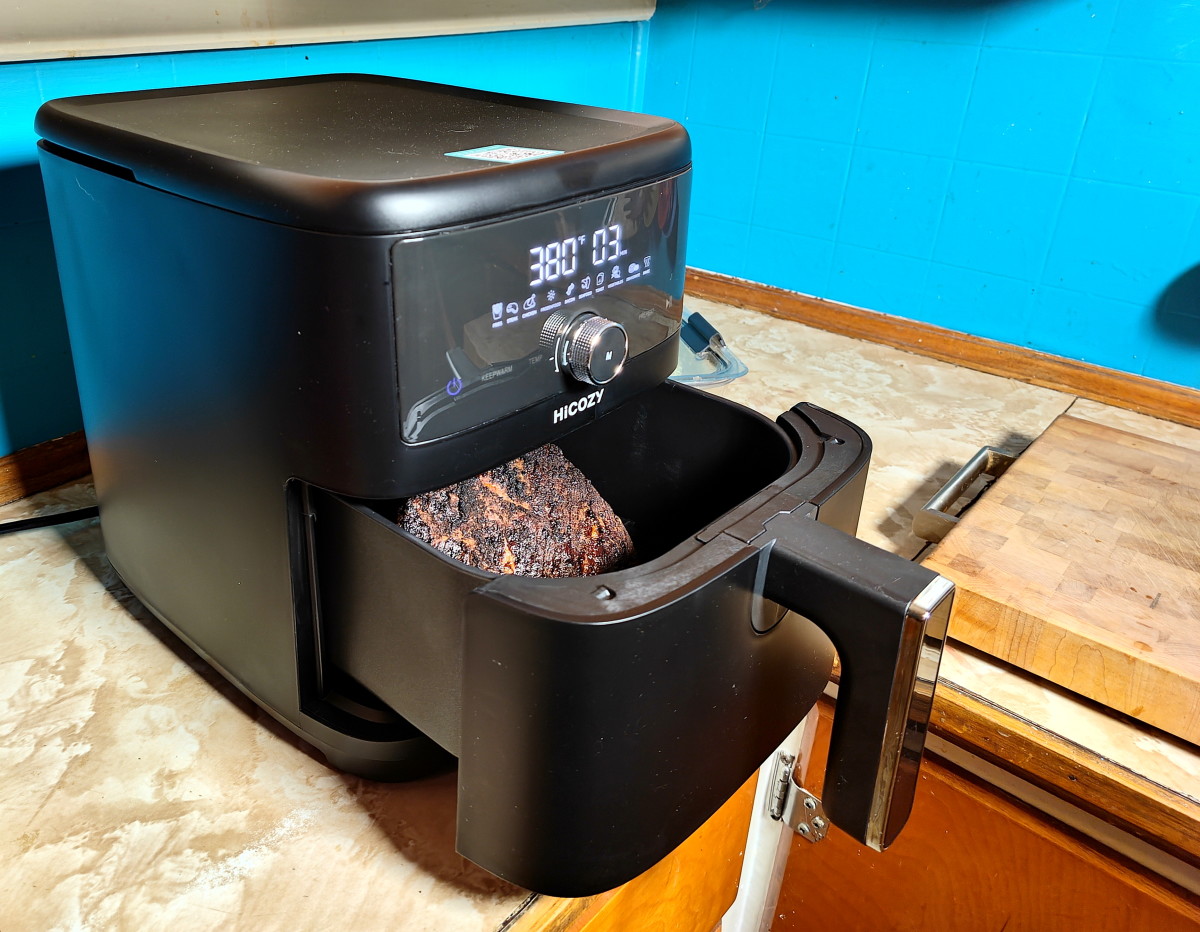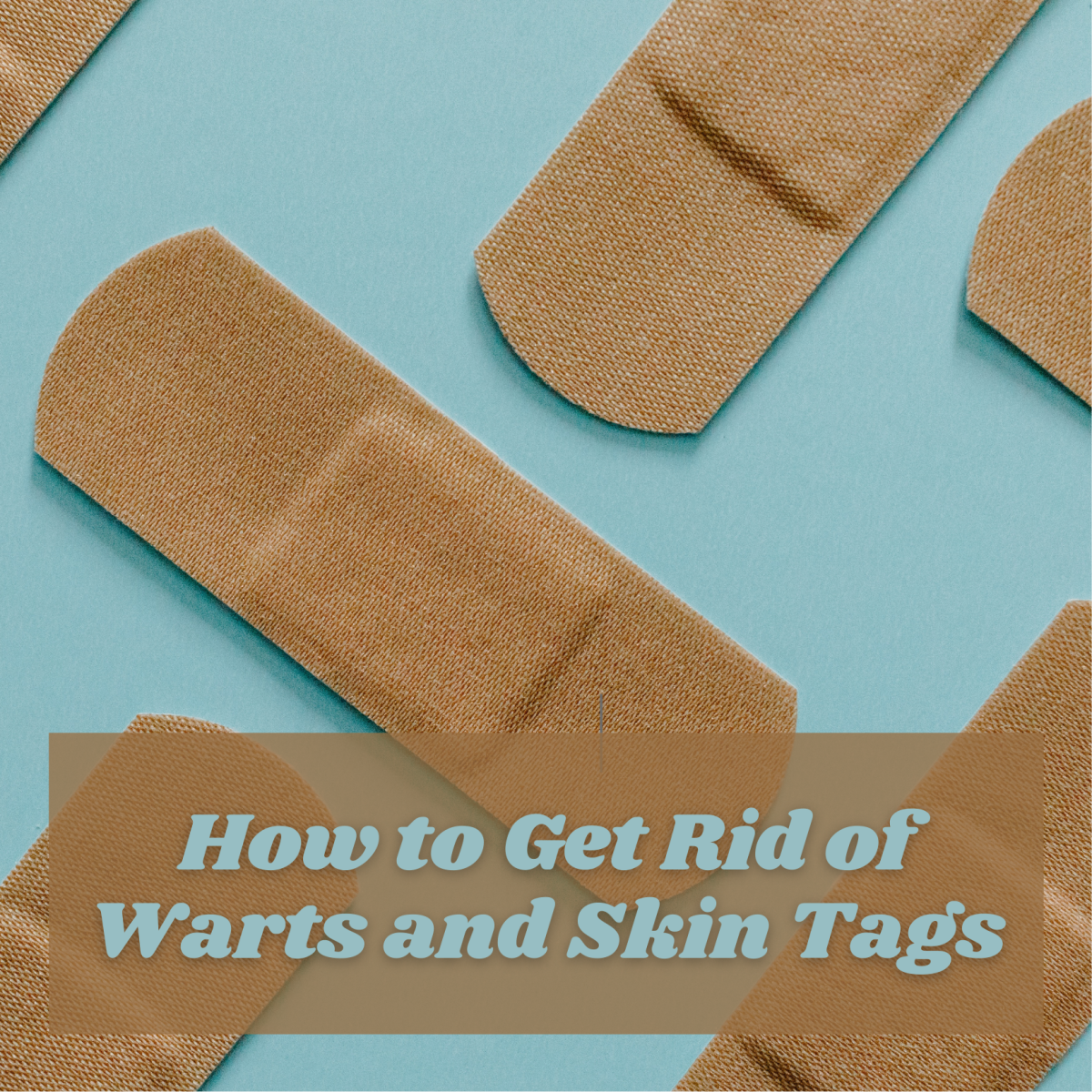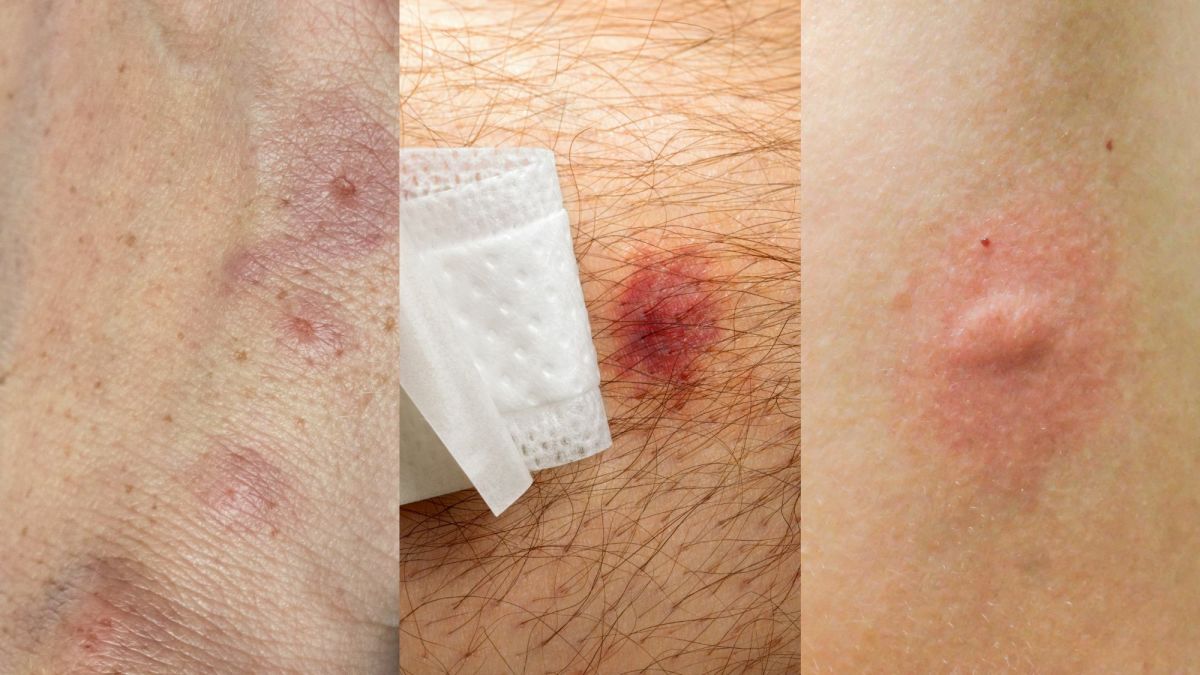How to Avoid Food Poisoning
Food poisoning explained
Suffering from food poisoning is an awful experience. Symptoms typically include nausea, vomiting, diarrhea, abdominal cramps and fever. Symptoms of food poisoning may occur hours to days after eating contaminated food, depending on the bug that you have ingested. Most cases are mild and symptoms will ease after 24-48 hours. However, in severe cases due to prolonged vomiting and diarrhea, food poisoning may even be life threatening particularly for young children and frail elderly people. Food poisoning is often avoidable in many cases. Learn how to protect yourself from food poisoning at home by reading through the following tips.
Symptoms of Food Poisoning
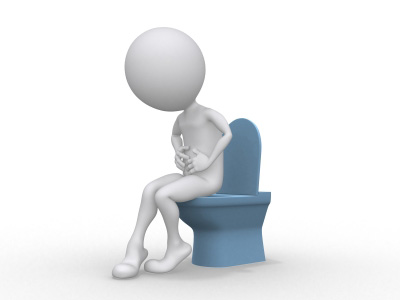
Sources of food poisoning
There are a range of foods that we eat everyday that are unlikley to make us sick. However, there are also many common foods that are prone to becoming contaminated with bacteria; which can then make us sick when we eat these foods.
The foods listed below are most likely to cause food poisoning
- Raw or undercooked meat or poultry
- Seafood: undercooked fish, crab and shrimp
- Shellfish: Raw shellfish eg.oysters
- Unpasteurised dairy products (including milk, cheese and yoghurt)
- Soft cheeses
- Eggs: raw or undercooked. Eggs are also found in places where you might not think of - eg. when you make a cake with raw eggs added to the batter.
- Unwashed fruit and vegetable
- Processed meats: eg: ham, hot dogs, salami
- Salads (the type you get made at a salad bar)
- Meat spreads eg. pate
- Raw sprouts
Extra care is needed when handling, cooking and eating these foods to avoid food poisoning.
Food preparation
So now that we know what foods can can food poisoning, we can try to avoid food poisoning from these foods. One of the most important things to remember is correct hand hygiene. Wash your hands for at least 20 seconds with water and soap or disinfectant before preparing food. If you go to the toilet or blow your nose, wash your hands before handling food again. Basically if you touch food and touch something else that can possibly be a source of germs, your must wash your hands again before handling food.
The things we use to cook food are often a source of contamination:
- Only use clean utensils for all your food preparation. If you are unsure if an item is clean or not, wash it up in warm water and detergent.
- Make sure you clean all food preparation surfaces thoroughly and often.
- Use a different cooking board and set of utensils for raw meat, cooked meat and vegetables.
- Avoid using wooden cooking boards for preparing meat, as they are harder to clean.
- Always defrost meat in the fridge or defrost in the microwave and cook immediately, avoid defrosting on the bench top at room temperature.
- Wash vegetables and fruit prior to cooking/eating. Do NOT wash meat, poultry or eggs.
- Do not allow people who are sick with food poisoning to prepare food for others, until at least 48 hours after their symptoms disappear.
Clean hands = safe food
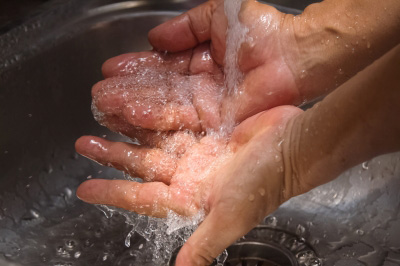
Think you wash your hands properly - think again!
Cooking food
Cook foods at the correct temperature to avoid food poisoning. Ideally use a food thermometer to know when food is “done”, rather than relying on the colour of meat/poultry/fish. Use this handy guide from the US government to check out the minimum safe cooking temperature for different types of food. Cooking food at the correct temperature will reduce your risk of food poisoning due to undercooked food.
Once cooked food should be eaten promptly, and stored below 5 degrees C/41 degrees F or above 60 degrees C/140 degrees F.
When microwaving food, heat until steaming hot. Usually this requires heating to at least 60 degrees C/140 degrees F.
Only reheat leftovers once, do not refreeze.
It's all in the preparation
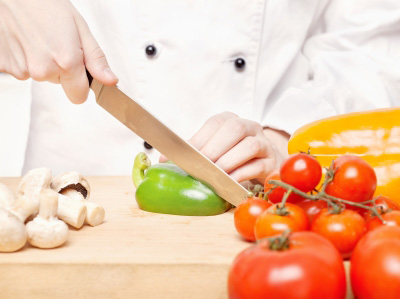
It's all about the temperature
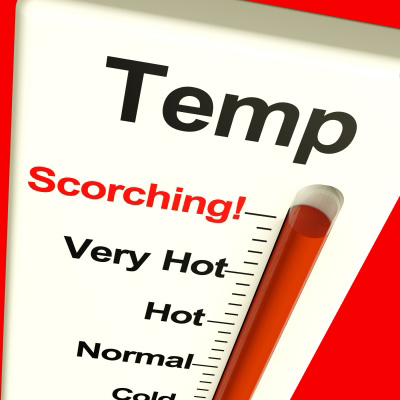
Storing food
Once you've cooked your food, storing it correctly will help avoid food poisoning.
- Use designated containers to store raw products. Do not use the same containers to store cooked products unless the container has been washed thoroughly.
- Keep different types of food separated in the fridge. For example do not put raw meat on top of fresh cheese.
- If food has a strange odor, throw it out. It is simply not worth the risk of food poisoning.
-Don’t use food that has expired, or fresh produce that has spoiled (eg. growing mould).
- After cooking food, refrigerate any leftovers as soon as possible. Bacteria can start to grow rapidly if food has been left out of the fridge for more than two hours. In summer, it takes less time for bacteria to multiply.
- Eat refrigerated leftovers within 48 hours, and then throw out any uneaten food.
- Keep your fridge set to below 5 degrees C/41 degrees F. Set your freezer to -18 degrees C/zero degrees F.
For more tips on how to correctly store a range of different foods, visit this page from the Canadian Government.
General Note:
This article is of a general nature and in no way should be seen as a substitute for your own doctor’s or health professional’s advice. The author accepts no responsibility for loss occasioned to any person acting on or refraining from action as a result of the published information. Before commencing any health treatment, always consult your doctor.

